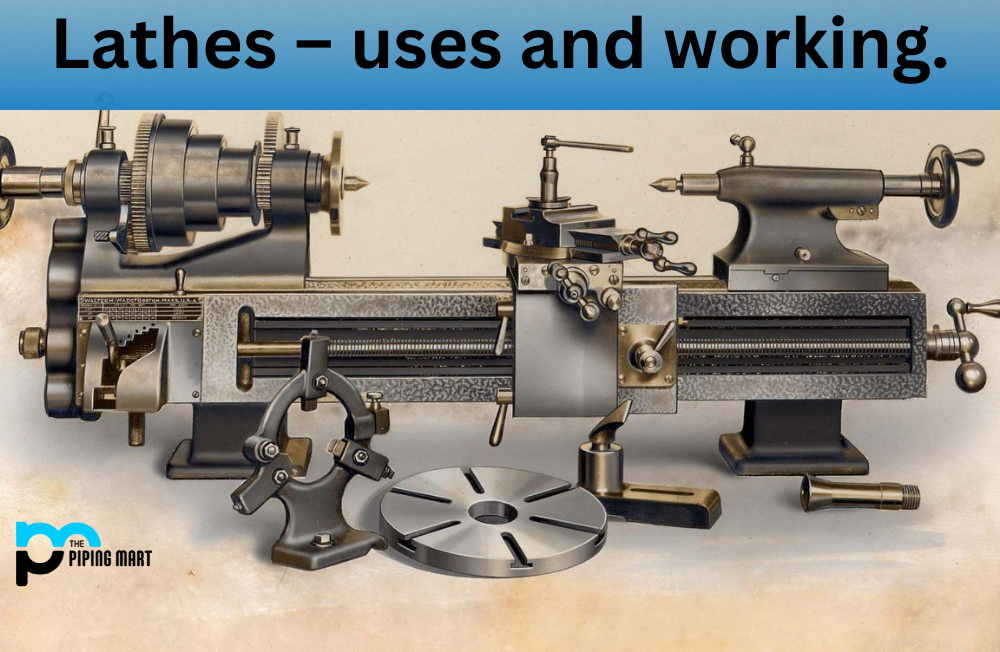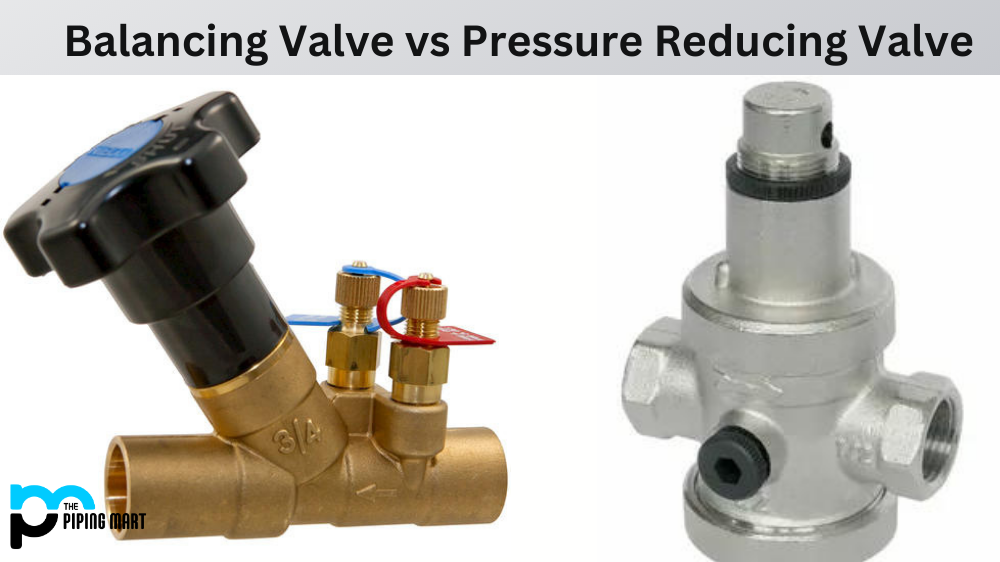When it comes to manufacturing, there are a variety of processes that can be used to produce the desired product. Two popular processes used in the fabrication of metal parts are hardening and carburizing. Both techniques have their own strengths and weaknesses, so it’s important to understand the difference between them before deciding which process is best for your project.
What Is Through Hardening?
Hardening is a heat treatment process that uses extreme temperatures to change the physical properties of a material, such as its strength or hardness. During this process, the material is heated to very high temperatures (usually higher than 950°C) and then cooled rapidly. This rapid cooling helps to preserve the hardness of the material by trapping carbon atoms in place within its atomic structure. As a result, parts made using hardening are extremely strong and resistant to wear and tear. However, because only the surface of the part is affected by this process, it can only be used on parts with uniform thicknesses.
What Is Carburizing?
Carburizing is another heat treatment technique that involves introducing additional carbon into the surface layer of a metal part. This process usually takes place at lower temperatures than through hardening (typically around 800°C) but requires much longer exposure times—usually two hours or more—in order for enough carbon atoms to penetrate into the part’s outer layer. Unlike through hardening, carburizing is often used on parts with uneven thicknesses because it can effectively penetrate deeper into thicker sections without significantly affecting thinner sections. This makes carburizing an ideal choice for complex components with varying wall thicknesses or intricate geometries that require greater flexibility during fabrication.
Difference Between Through Hardening and Carburizing
Through Hardening
Hardening is a process of heat treating steel in which the steel is heated to a high temperature and then cooled rapidly. This process increases the hardness of the steel by transforming the microstructure from austenite to martensite.
Carburizing
Carburizing is a process of heat-treating steel in which the steel is heated to a high temperature and then exposed to carbon-rich gases. This process increases the hardness of the steel by adding carbon to the surface of the steel.
Advantages of Through Hardening
One advantage of through hardening is that it can be used on all types of steel. Additionally, hardening does not require special equipment or facilities, making it more accessible than carburizing. Finally, hardening can be used to produce a wide range of hardness levels, from low to high.
Advantages of Carburizing
One advantage of carburizing is that it can be used to produce extremely hard steels. Additionally, carburizing can be used to selectively harden specific areas of a piece of steel, such as the surface or the core. Finally, carburizing does not require as high of temperatures as hardening, making it less likely to cause distortion in the steel.
Disadvantages of Through Hardening
One disadvantage of through hardening is that it can only be used on certain types of steel. Additionally, hardening can cause distortion in the steel if not done correctly. Finally, hardening requires special equipment and facilities, making it less accessible than carburizing.
Disadvantages of Carburizing
One disadvantage of carburizing is that it can only be used on certain types of steel. Additionally, carburizing can cause distortion in the steel if not done correctly. Finally, carburizing requires special equipment and facilities, making it less accessible than hardening.
Conclusion:
Knowing when to use through hardening vs carburizing will help you achieve optimal results in your projects. Through hardening is most effective on uniform-thickness components, while carburizing works best on complex components with varying wall thicknesses or intricate geometries. By understanding these differences and choosing the right heat treatment process for your needs, you can ensure your components will have maximum durability and longevity in their intended application.
Meet Heer, a dynamic and driven writer learning tricks of her trade in the metal industry. With a background in Digital Marketing, Heer brings a unique perspective to her writing, sharing valuable insights. Apart from blogging she like reading and hiking.




